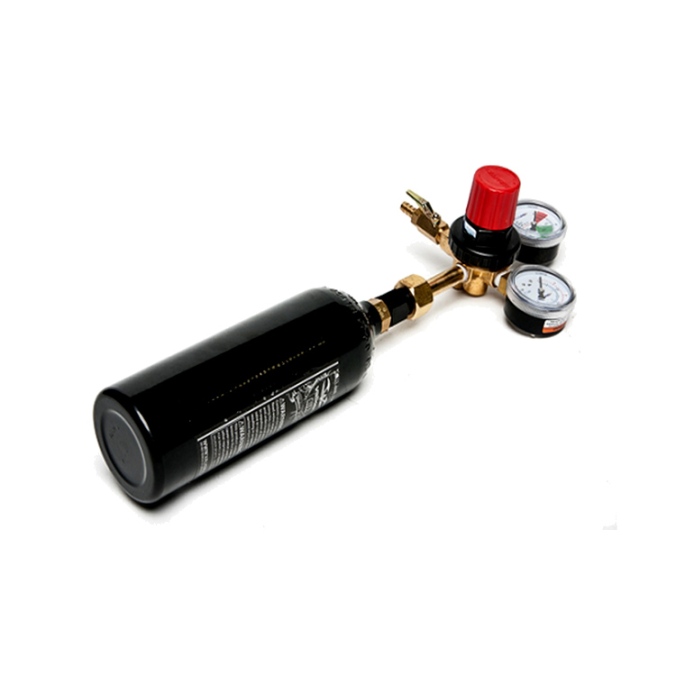Primary fermentation in beer brewing is the initial fermentation process where yeast will convert most or all of the wort sugars to alcohol and CO2 (carbon dioxide). After the yeast has been pitched into the wort, there is typically between 2 and 24 hour yeast lag time where the yeast acclimates to the fermentation environment and begins to replicate consuming sugars and the available oxygen in the wort; there is little alcohol conversion and CO2 generated during the lag phase.
Once the lag phase completes, a foamy head called a krausen begins to form in the fermentation vessel. The krausen is composed mostly of proteins, yeast, and the carbon dioxide that the yeast is rapidly producing. During primary fermentation the yeast is producing approximately equal parts of both alcohol and CO2. Depending on the style of beer, original gravity, quantity of yeast pitched, and fermentation temperature, the primary fermentation for an ale will last between 5-14 days, then it will then be transferred to a secondary fermentation vessel to allow the beer to condition and finish out its fermentation. In some cases only a primary fermentation is completed, and the beer may spending additional time in the primary fermenter or condition in the bottle, keg, or holding vessel.
Primary fermentation occurring two days after the yeast was pitched into an American Wheat style Hefeweizen. The krausen has formed and a great deal of alcohol and CO2 is being produced.

Primary Fermentation
Like this:
Like Loading...



Recent Comments